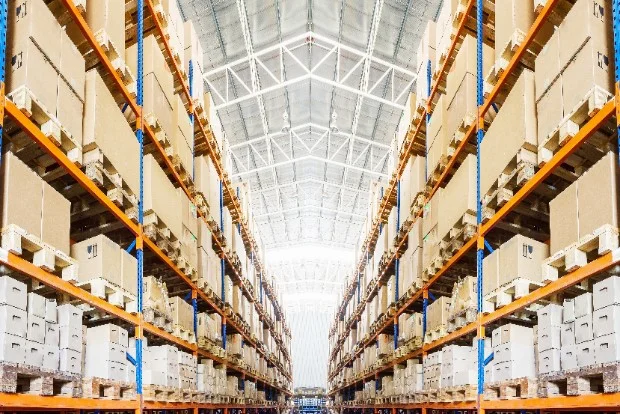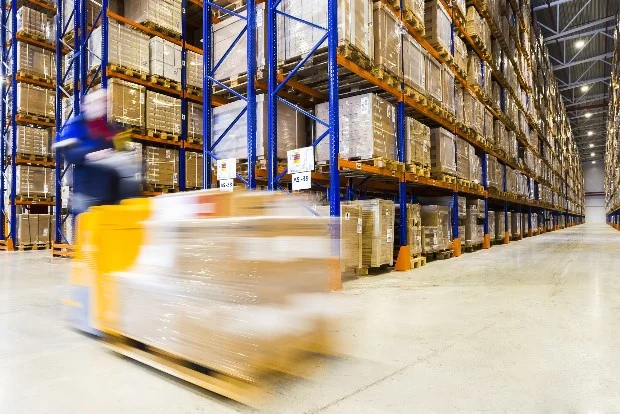Third party logistics (3PL) providers are organizations that offer warehousing, fulfilment and distribution services to businesses in a variety of industries including retail, wholesale and manufacturing. These companies face very unique operational challenges. They need to work as an extension of their customers, whilst keeping full control of their internal systems and processes to ensure maximum efficiency and profitability. They must balance conflicting factors such as cost, flexibility and productivity to sustain the value they offer to their customers.
This article discusses some of the main operational obstacles 3PL businesses face and how a Warehouse Management Systems (WMS) can help with overcoming all of them:





















